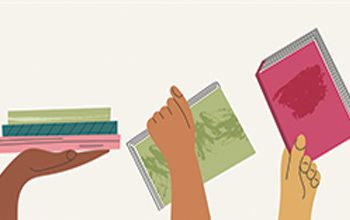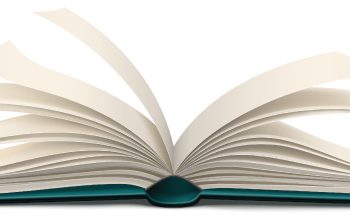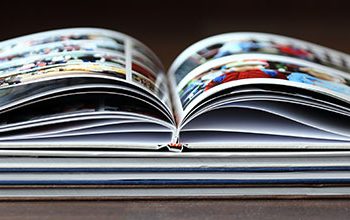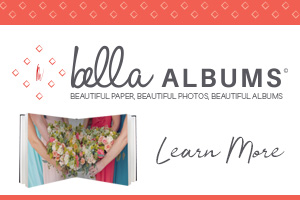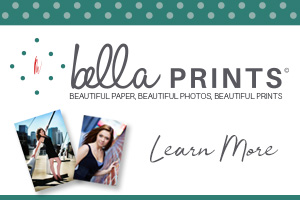Marathon serves many clients in the area of DIY (do-it-yourself) Publishing. If you’ve entered the world of DIY Publishing, you’ve probably already heard about an ISBN or International Standard Book Number. If not, here’s some helpful information. Note: I have curated this information from their respective sources: RR Bowker, US Copyright Office and Library of Congress
What is ISBN?
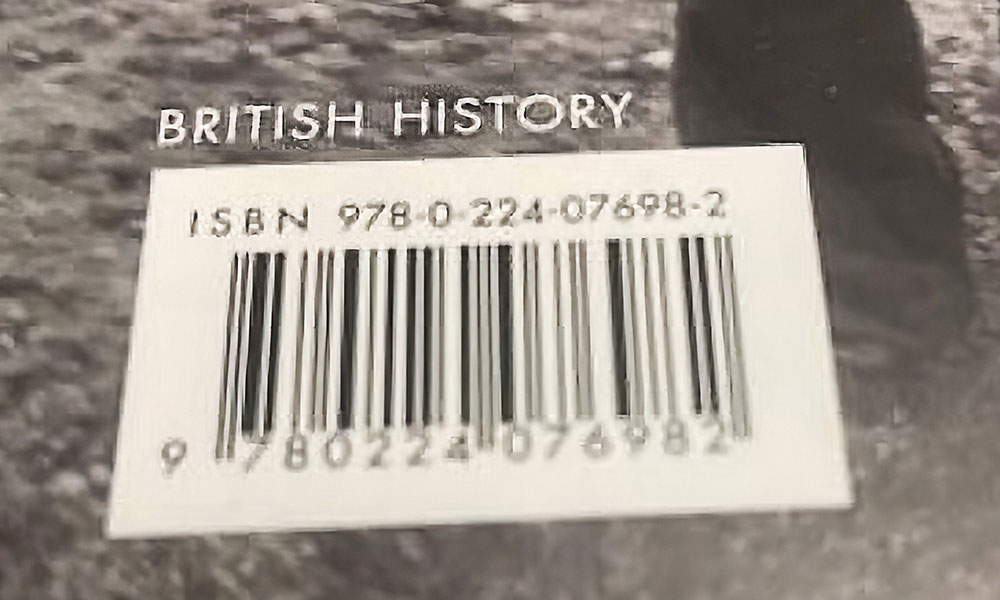
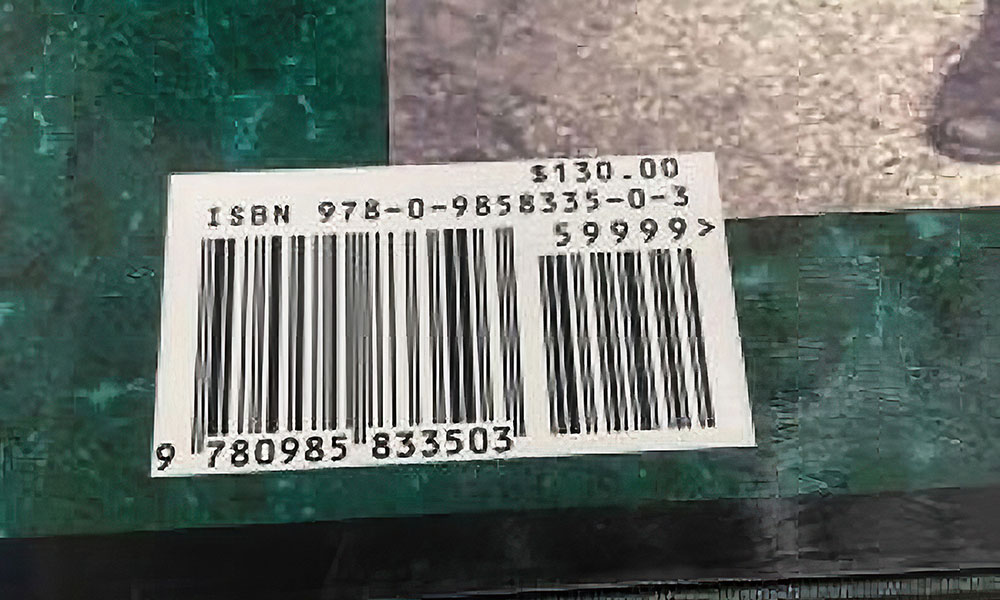
International Standard Book Number (ISBN) is a national and international standard identification number for uniquely identifying books, i.e., publications that are not intended to continue indefinitely.
The question is: do you need an ISBN for your project?
I would break down the simple answer to this as follows:
- If you are dead set on getting your book mass-marketed into the Target, Walmart, and Barnes and Noble types of multi-location chains, you will definitely need an ISBN.
- If you are not selling to the big box stores, but just independent booksellers, it may not be required, but is still recommended. You should inquire to the booksellers who are possibly interested in carrying your books as to their preference. If you are not selling through brick-and-mortar stores but have your book listed on Amazon, an ISBN may also not be mandatory but will likely be helpful to reach a wider audience.
- If your book is not sold in retail or online outlets, but just sold directly to consumers via in-person events or distributed freely to friends and associates, it should not require an ISBN. An example would be a family history book not being sold in stores, or a photo book intended for personal distribution only.
Where do I buy an ISBN?
Bowker is the official source for ISBNs in the United States.
An ISBN uniquely identifies your book and facilitates the sale of your book to bookstores (physical and digital) and libraries. Using ISBNs allows you to better manage your book’s metadata, and ensure maximum discoverability of your book. Your book is listed in Bowker Books in Print®, which is used by all the major search engines and most bookstores and libraries.
Click below to read more about the benefits of getting an ISBN.
What is the cost of ordering an ISBN?
Here are the self-publishing essentials you need, conveniently offered in three unique packages. Choose the combination that’s right for you. Decide how many future projects you might need an ISBN for. Are you just doing one book and will never publish again? Do you have e-book versions or other alternate versions? All these factors will play into what’s the best option for you.
Where should I place the ISBN on my book?
Once the ISBN number is obtained, it should be displayed above the barcode on the book. The barcode is usually placed on the lower right or left side of the back cover or dustjacket of the book. All books published after January 1, 2007, must display the number in the new 13-digit format, which is referred to as ISBN-13. Older 10-digit numbers may be converted to 13 digits with the free ISBN conversion tool.
Listing the ISBN on the copyright page of the book is also a standard procedure. Check a few books by authors or publishers you admire for your own examples.
~~~~~~~~~~~~~~~~~~~~
1st time self-publishers also typically have questions about COPYRIGHT AND LIBRARY OF CONGRESS.
Copyright
Copyright is a type of intellectual property that protects original works of authorship as soon as an author fixes the work in a tangible form of expression. The mere act of writing a book and putting it into print is proof of ownership. However to further legally protect your intellectual property, in the event of any dispute, is to have your work registered through the US Copyright Office.
Click here to read more about Copyright
LCCN (Library of Congress Catalog Number)
The LCCN numbering system has been in use since 1898, at which time the acronym LCCN originally stood for Library of Congress Card Number. It has also been called the Library of Congress Catalog Card Number, among other names. The Library of Congress prepared cards of bibliographic information for their library catalog and would sell duplicate sets of the cards to other libraries for use in their catalogs. This is known as centralized cataloging. Each set of cards was given a serial number to help identify it.
Although most of the bibliographic information is now electronically created, stored, and shared with other libraries, there is still a need to identify each unique record, and the LCCN continues to perform that function.
Librarians all over the world use this unique identifier in the process of cataloging most books that have been published in the United States. It helps them reach the correct cataloging data (known as a cataloging record), which the Library of Congress and third parties make available on the Web and through other media.
In February 2008, the Library of Congress created the LCCN Permalink service, providing a stable URL for all Library of Congress Control Numbers.
If you would like to schedule a free consultation call to discuss options for printing, or any particular publishing questions we can help you with, I welcome the opportunity to hear from you!


